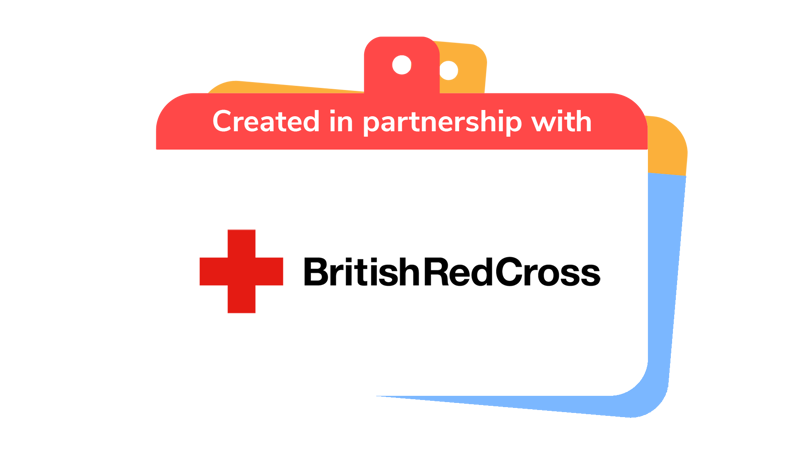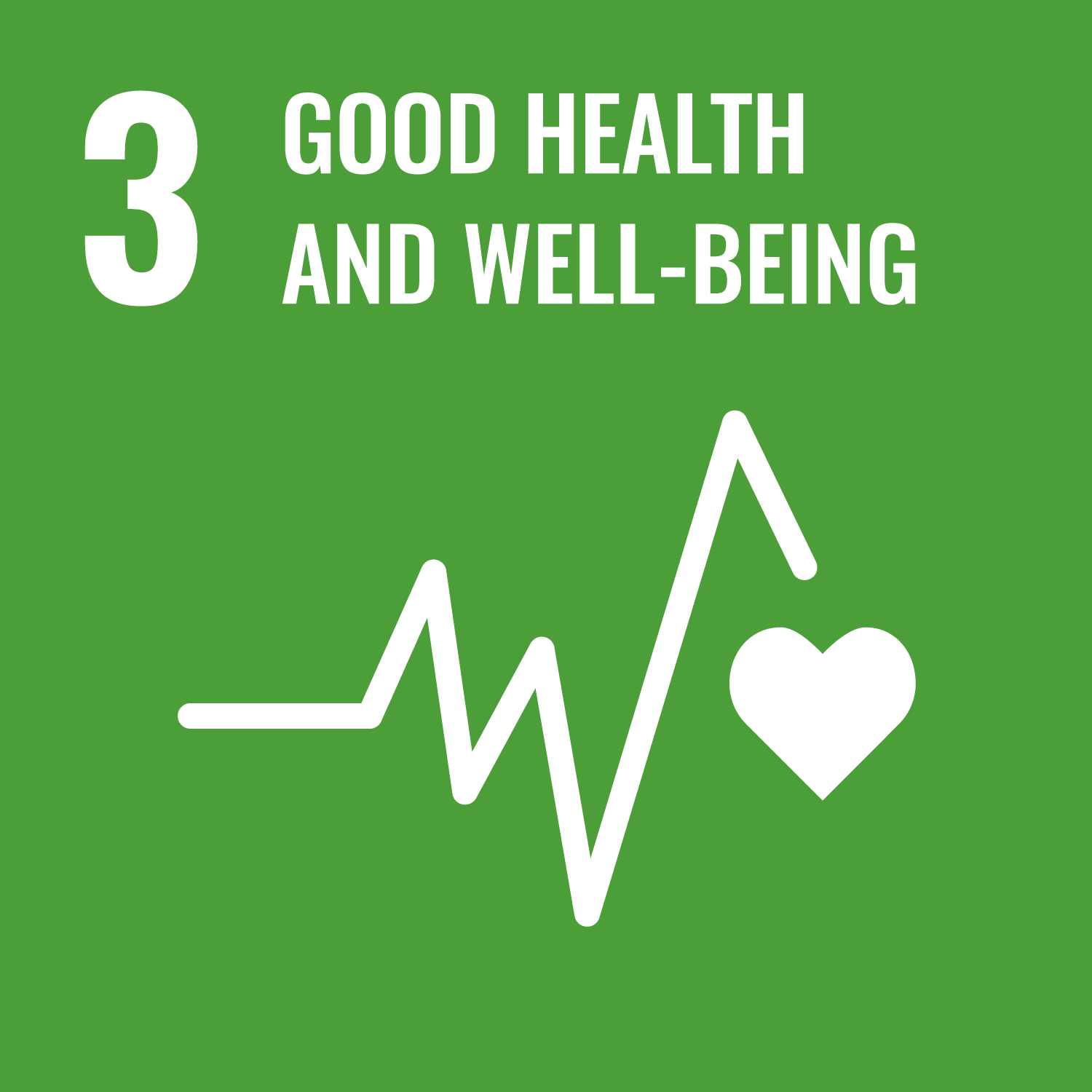
Kindness in emergencies
You’ll need
- Scissors
- Access to the internet
- Device to show photos, videos, or slides
Before you begin
- Use the safety checklist to help you plan and risk assess your activity. Additional help to carry out your risk assessment, including examples can be found here. Don’t forget to make sure all young people and adults involved in the activity know how to take part safely.
- Make sure you’ll have enough helpers for each team to have one. You may need some parents and carers to help out if you’re short on helpers.
Planning for this activity
- Head over to the Red Cross’s First aid skills page and load up some of the first aid scenarios to watch later. Under the Educator zone tab, choose some games, role plays or resources for the group to use later. You could also select some activities which support the Emergency Aid Staged Activity Badge.
- You may want to load the videos below, which explore the bystander effect.
To watch in full screen, double click the video
To watch in full screen, double click the video
Run the activity
- The person leading the activity should get everyone together where they can see the screen, and play the videos. When they have finished, see what the group thought of the people who didn’t do something to help. Ask if anyone would’ve done something differently if they were walking past.
- Everyone should get into groups of three or four. The person leading the activity should cut the ‘Barriers and solutions’ cards in half horizontally and give them out to each group. One or two people in each group should have the top half of the card and the other person or people should have the bottom half.
- The person or people with the top halves of the card should read out a barrier to the rest of their group. The others in the group should try to come up with the solution. If they like, the person or people with the top halves can give clues. After three guesses, they should reveal the correct solution if it hasn’t been guessed. Then, the person or people with the bottom halves of the card should read out a barrier to their group and have them try to guess the solution. Continue until all barriers and solutions have been read out.
You could also do this task altogether if you’d like to save paper, with the person leading the activity reading out the barriers and everyone guessing the solutions together.
- Everyone should think of at least one other time in a public place where people stop and do something kind or selfless. Use the example of holding the door open for someone at the bank. Some other answers might be: helping someone with heavy shopping, holding the bus for someone, picking up and giving back something that someone’s dropped, giving up your seat to someone who needs it on the train.
- The person leading the activity should give out the ‘Qualities of a helper’ cards to each group. The groups should try to arrange the cards so that the most important qualities are at the top and the least important at the bottom. Make clear that there’s no right or wrong answer.
- The person leading the activity should play some of the first aid scenarios they loaded up earlier. Let the group decide which ones they want to watch – see if anyone has ever seen anything like this happen themselves. Switch to the ‘Educator Zone’ tab and let the group choose some guides, role plays or resources that they’d like to look at.
From here, you could have the group practice and perform a role play demonstration of what they’d do in one of the scenarios. They could take away a resource (if you can print) and do research of their own. Groups could use a guide to learn the steps of a first aid skill and then teach other groups that skill.

This activity helps contribute towards some of the UN's Sustainable Development Goals. Find out more about the SDGs, and how Scouts across the world are getting involved.



Reflection
The group have looked at the so-called ‘Bystander Effect’ – where people don’t help someone in need. Why is it so important that people resist the urge to ignore someone in distress, even if helping disrupts their day? It’s very easy to go with the crowd and it takes real courage to step forward and do something, even something small. Someone who’s hurt will really appreciate it. How would you feel if you were on the floor in a public space and couldn’t get up?
To find out how they could help, the group looked at some first aid guides, resources and role plays. Did anyone see a first aid skill that they would like to learn? How might we get real first aid skills that we can use and practice in case we ever need to use them?
Safety
All activities must be safely managed. You must complete a thorough risk assessment and take appropriate steps to reduce risk. Use the safety checklist to help you plan and risk assess your activity. Always get approval for the activity, and have suitable supervision and an InTouch process.
- Online safety
Supervise young people when they’re online and give them advice about staying safe. Take a look at our online safety or bullying guidance. The NSPCC offers more advice and guidance, too. If you want to know more about specific social networks and games, Childnet has information and safety tips for apps. You can also report anything that’s worried you online to the Child Exploitation and Online Protection Command. As always, if you’ve got concerns about a young person’s welfare, including their online experiences, follow the Yellow Card to make a report.
- Music and films
Make sure music and films are age appropriate for the youngest person present.
If there’s time, fantastic first-aiders could try and learn a skill on their own to demonstrate to the rest of the group. Offer help to anyone struggling to order the ‘Qualities of a helper’ cards by giving some real-life examples.
- Some of the content in the videos may be confusing and could be distressing. Stop the videos if they’re received in this way and explain what happens instead. Make clear that the people in the videos are pretending to be hurt for an experiment.
- When groups are choosing first aid activities, each group should choose one that everyone in their group is able to perform.
All Scout activities should be inclusive and accessible.
Everyone should have a debate on the following statements. You could run a ‘walking debate,’ with an ‘Agree’ and ‘Disagree’ sign at either end of the activity area, or have a discussion. Remind everyone to think about ‘kindness’ when thinking about the statements.
- ‘It’s important to know first aid.’
- ‘People should always get the help they need in a first aid emergency.’
- ‘We all have a responsibility to help others.’
- ‘Not everyone deserves help in a first aid emergency.’
- ‘You should always consider your own safety before helping others.’
Discover more at https://www.redcross.org.uk/
Allow young people to choose first aid activities and guides that they’re interested in. It may be that they’ve seen someone giving first aid on the television or in real life, and have been inspired by it.
